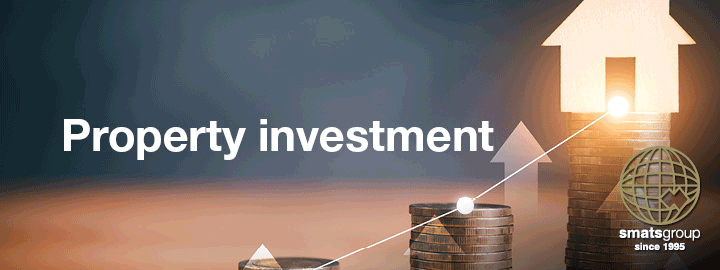Mind the gap: investors weighing up new build costs against existing dwellings
With many building developments becoming unviable, the need for property investors to weigh up the balance between buying new or established has never been more important.
The eye watering increases in construction costs across the country are rendering many new projects unviable.
Since the pandemic, building input prices have increased 33.4 per cent while output prices have risen 40.1 per cent for houses and 23.2 per cent for apartments, according to PropTrack data released Friday (14 June).
Although price rises have stabilised in the past year for input costs, build costs remain at a now higher level and continue to increase, albeit at a slower pace.
Higher labour, materials and financing costs compress margins, resulting in a potentially lower return on investment, which has delayed many projects.
This has produced a mountain of casualties in the building sector as builders on guaranteed maximum price (GMP) contracts have been unable to absorb supplier and labour cost increases, forcing them into negative margin territory – which can only end one way.
For developers, it means many projects that are approved are not being built: the development cost is above the market price. Hence the widespread slowdown we are witnessing.
In a market like this, it is often good to compare the new build price of property to the second hand price. This is the replacement cost versus the cost to purchase existing space of a comparable type.
Right now, that gap is widening, which suggests existing stock may be underpriced and can represent good value.
For example, in Brisbane the cost to develop a modest new, two-bedroom apartment is such that it would need to sell for around $1 million to cover costs, risk and margin.
Buyers of $1 million two-bedders in Brisbane are typically concentrated in inner city locations with high amenity, so this is where this stock is being developed, albeit at much lower volumes than usual.
Developing similar product in a suburban location costs around the same rate per square metre there as in the inner city.
But even allowing for lower land costs, this isn’t typically viable in the current suburban market because it doesn’t have the same capacity to pay. So apartment projects in the suburbs have slowed to a near halt.
However, compare the costs of existing (second hand) units of similar size. The median unit price is currently around $600,000 – meaning half can be bought for less.
Start to explore the price of some second hand units on a per square metre rate, and compare that to the cost of developing a new apartment of similar size in a similar location – and if that gap is very substantial, take a closer look.
Factor in potential refurbishment costs to kitchens and bathrooms, and any other necessary improvements and you may still find that the price and price per square metre equation is very favourable to the second hand price because the cost to replace that same unit is much higher.
Plus, it is often true that older style second hand units were well built. The designs may be dated but interiors can be enhanced.
Things like sinking funds for lifts and other building features are important, but even taking all these factors into account, compared with some examples of sloppy new builds (remember Sydney’s Opal Towers?) the replacement cost gap may still be compelling.
Apartment investors should pay heed
Will construction costs fall, and hence close the gap?
I am hearing no one in the development, construction or quantity surveying industry talk about falling construction costs in the foreseeable future.
Most are talking increases of more than 10 per cent over the next two to three years alone. So building new apartments is only going to get more expensive.
The other thing that can happen is that second hand stock prices rise quickly, hence closing the gap. That is more likely, especially given the acute shortage of housing right now.
In Sydney already, both established house and unit price growth is lagging price growth of new builds.
This greater price inflation for new builds has increased the premium of buying new housing over existing stock.
In Sydney, PropTrack has reported that most new house development is occurring in the 11 local government areas comprising Western Sydney. And in Western Sydney, the median price of new houses are currently listed at a 21 per cent premium to existing houses for sale.
Potential investors and owner occupier buyers that may have looked primarily at Western Sydney’s new house and land market are likely also considering the established market, given the premium that buying new currently presents.
This dynamic is evident in the unit market too, creating a difficult environment for the pre-sales necessary for property development finance.
Every city and every market is different, but looking into the gap between purchase price and replacement price is a relatively easy exercise anywhere.
In amongst the various other metrics for assessing investment potential, this one has its place.























